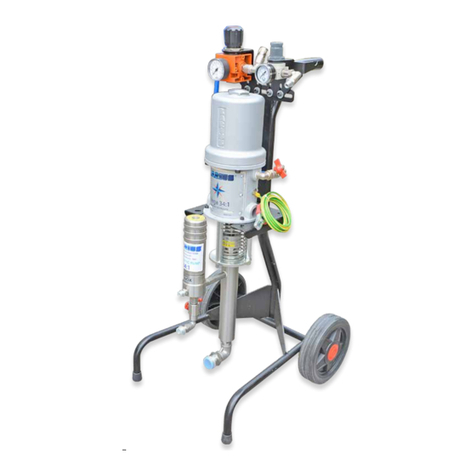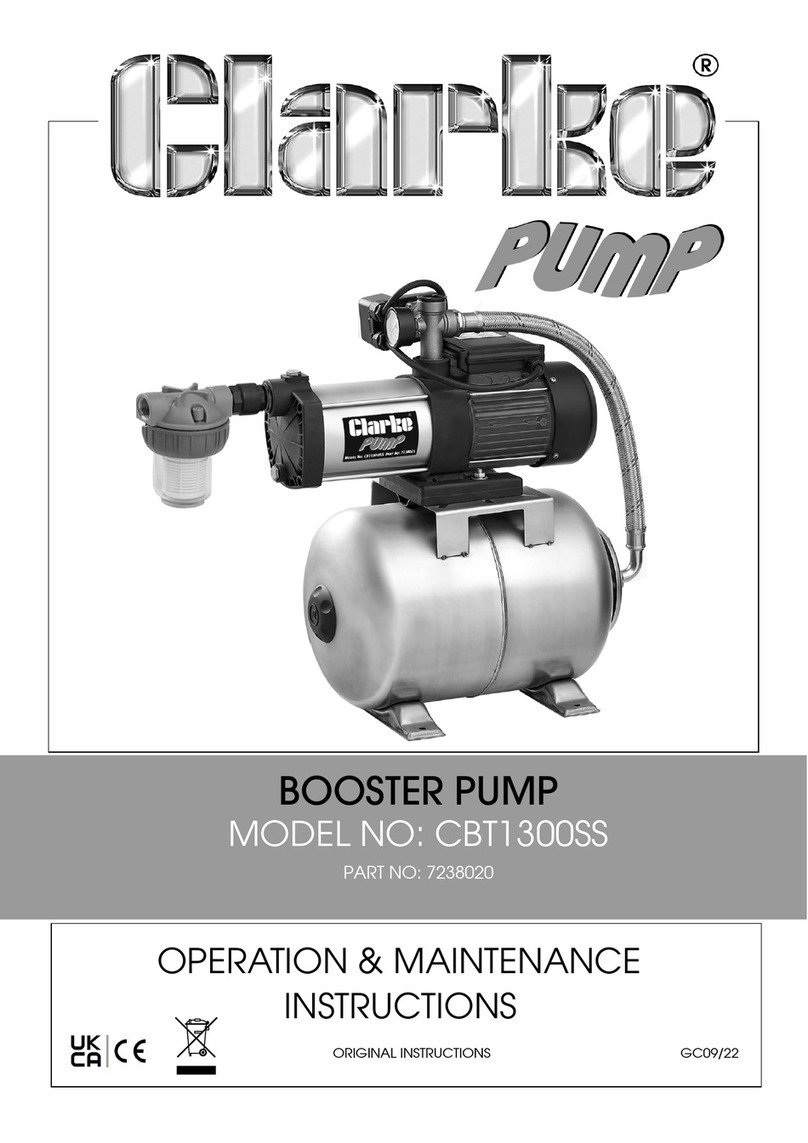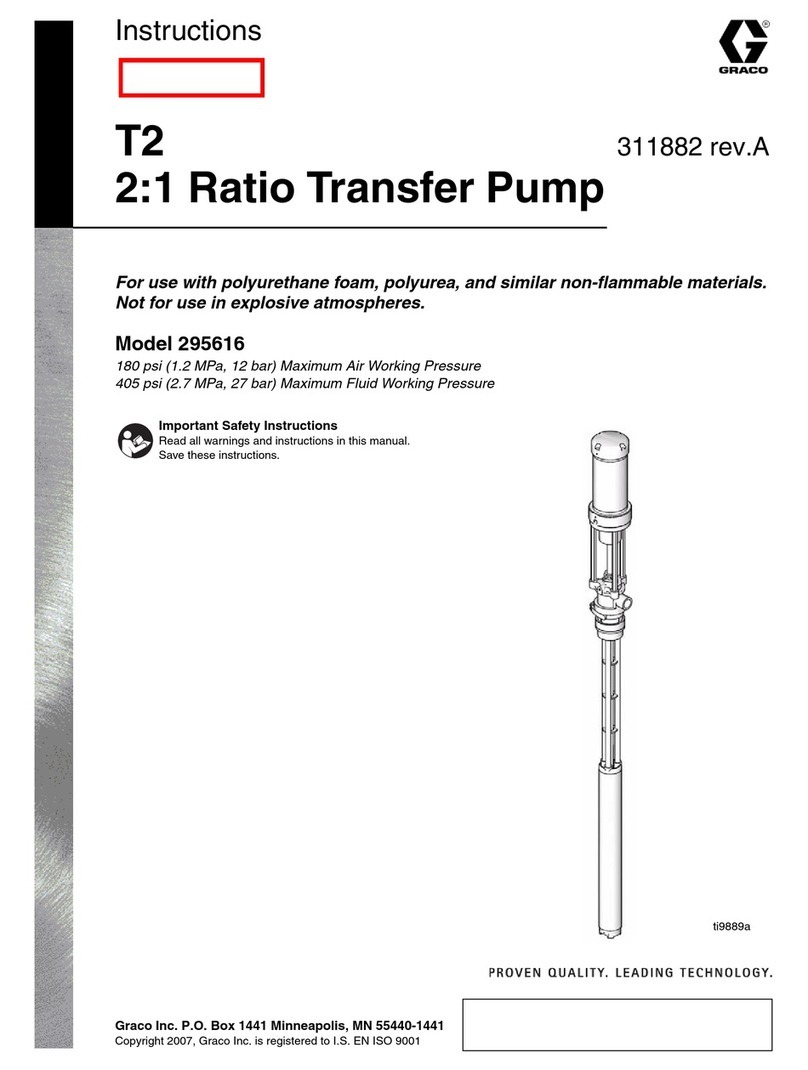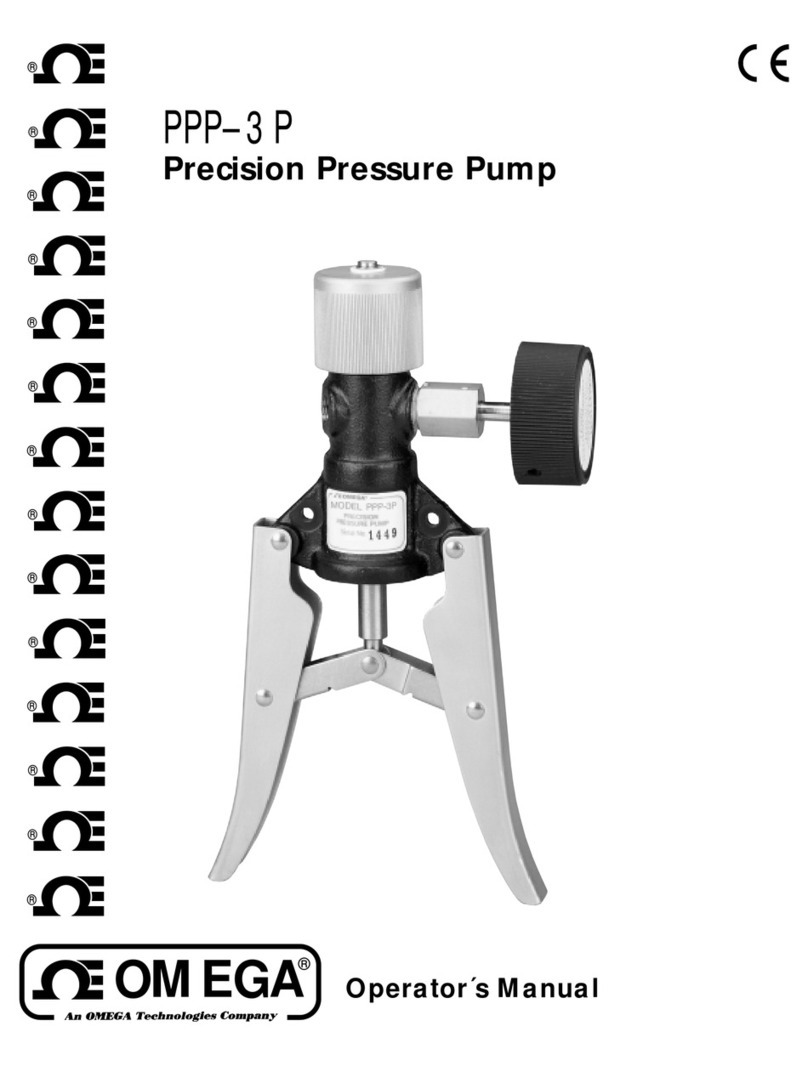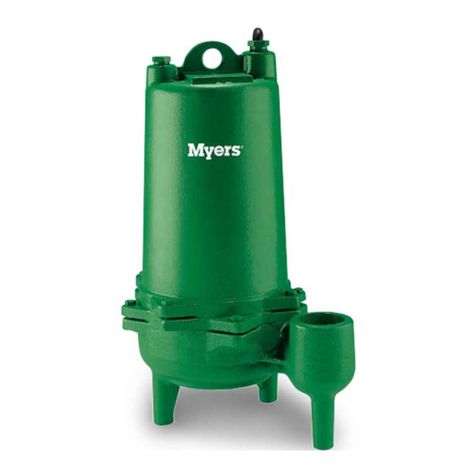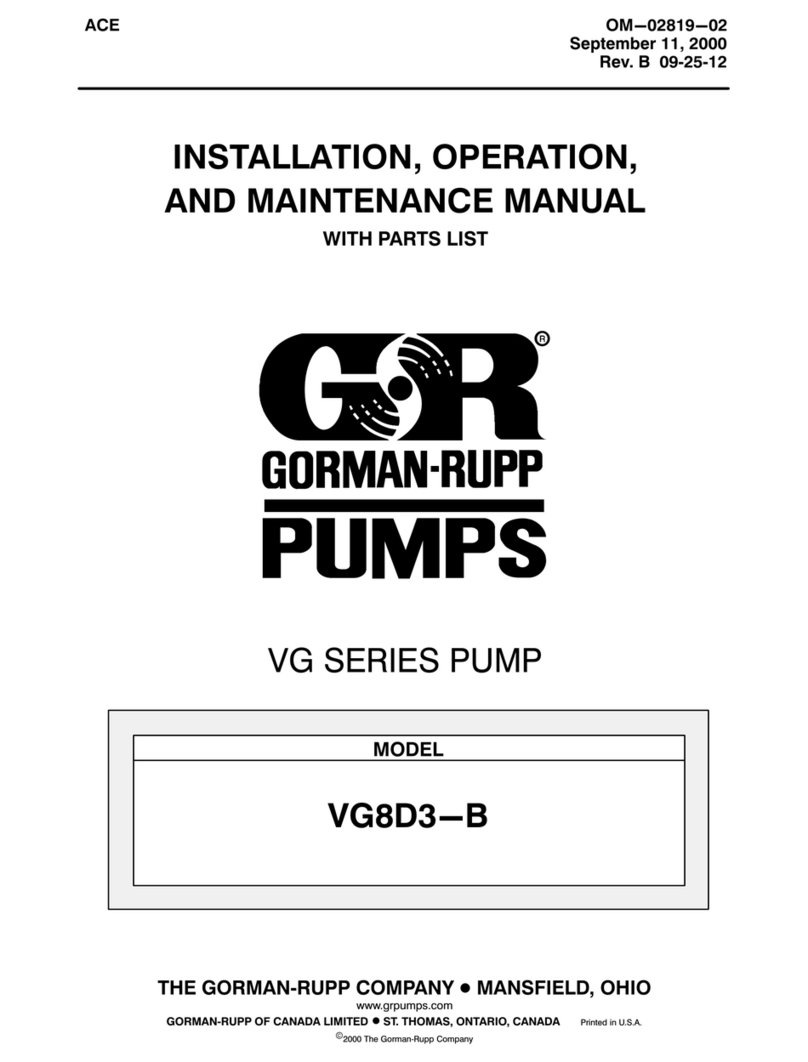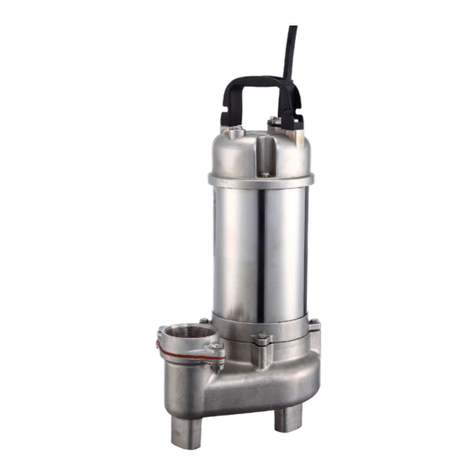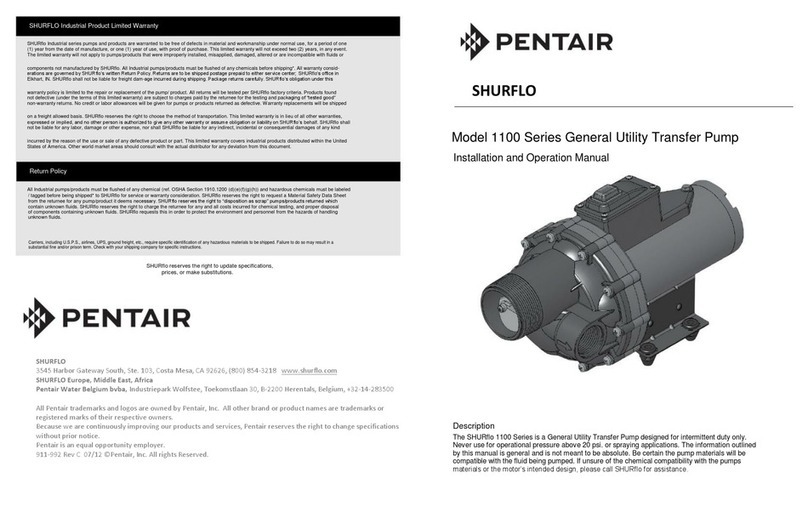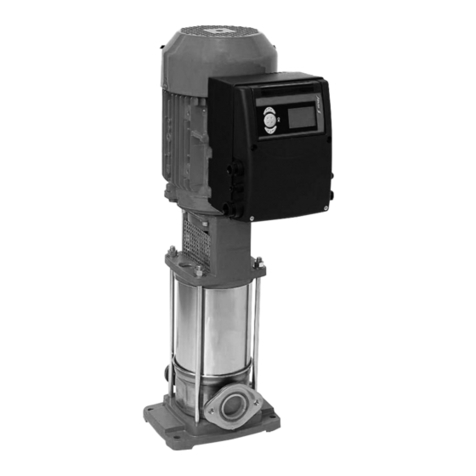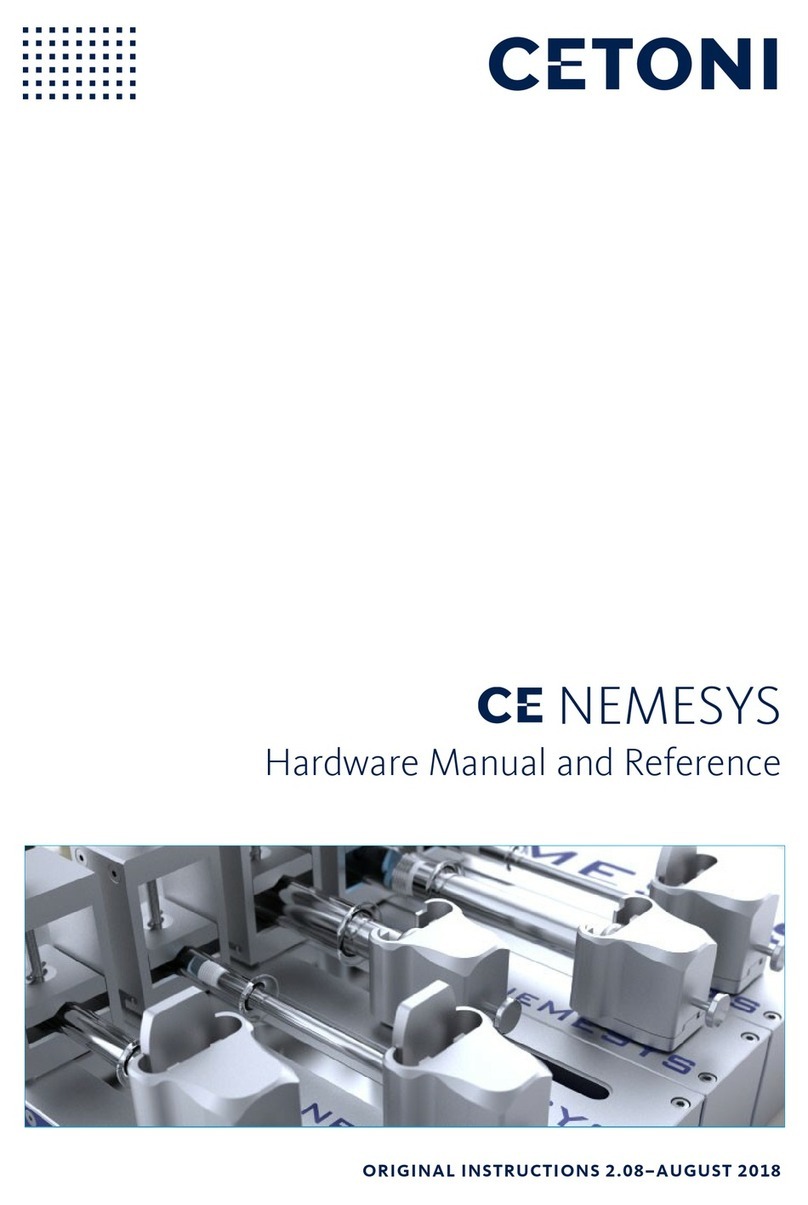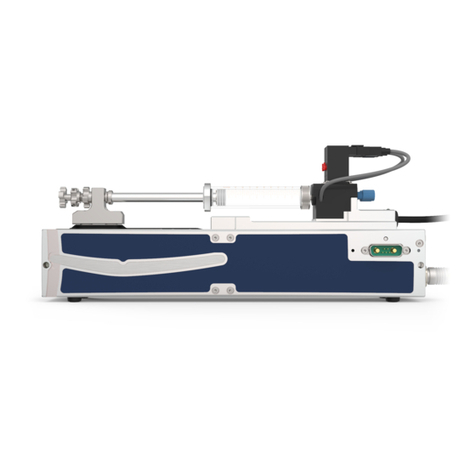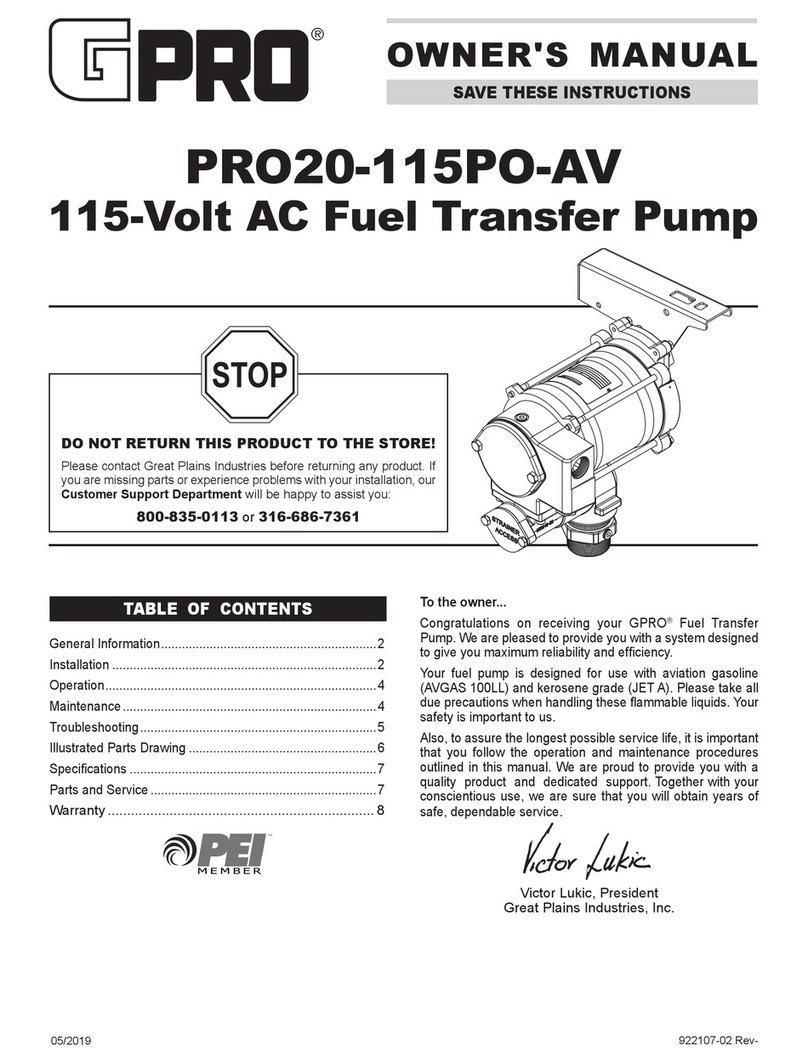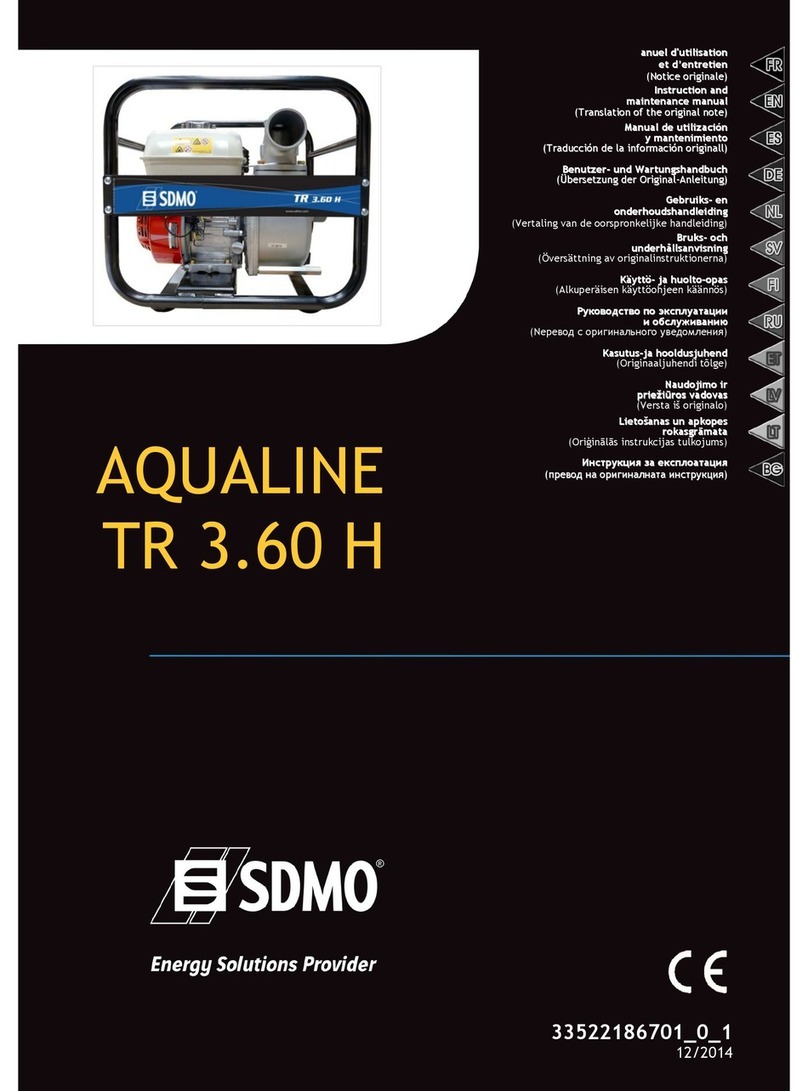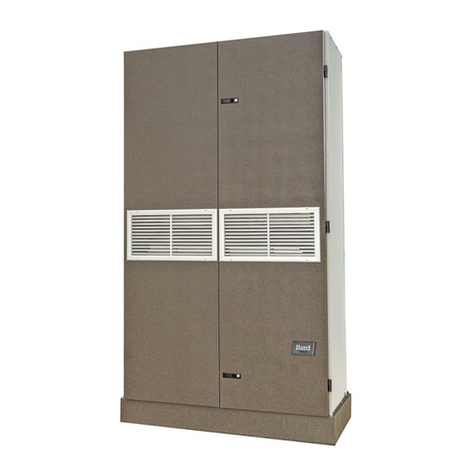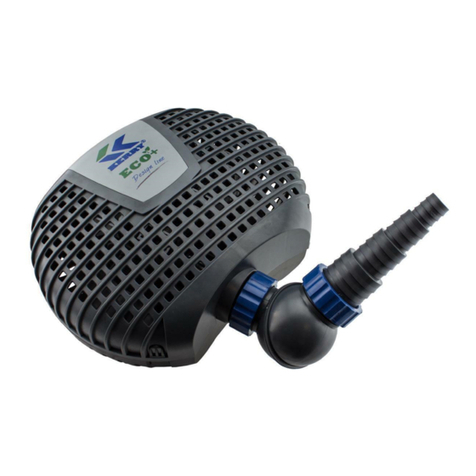neMESYS Low Pressure Hardware Manual 9
2.4.4 Safety Advice
The safety of the user and a failure-free operation of the devices are assured only if original parts are
used. Only original accessories may be used. Warranty claims will not be accepted for damage due to
the use of alien accessories or expendables.
The devices have been developed and constructed in such a way as to largely rule out hazards due to its
intended use. Nevertheless, you must observe the following security measures in order to exclude any
remaining hazards:
•CETONI GmbH points out the responsibilities of the operator for the operation of the devices.
The laws and regulations of the place of installation must be observed while operating the
devices! To ensure a safe work routine, operators and users must assume responsibility for
adhering to regulations.
•The devices must not be used as a medical device or for medical purposes.
•Before operating the unit, the user must at all times ensure the operational reliability and the
adequate and orderly condition of the unit.
•The user must be familiar with the operation of the devices and the software.
•The devices and pipes must be checked for damage before operation. Damaged pipes and plug
devices must be replaced immediately.
•Cables must be laid in a way that avoids any risk of stumbling.
•Any moving parts must not be touched whilst the devices are in operation. There is a risk of
crushing!
•It is not allowed to use the devices in an explosive atmosphere or with potentially explosive
substances.
•The device is designed and approved to work in fluidic systems, which fall within the scope of
Article 4 Paragraph 3 of the Pressure Equipment Directive 2014/68/EU. This means that the
system may not exceed a maximum volume of 1 liter. With the use of fluids from Group 1
according to Article 13 of the Pressure Equipment Directive 2014/68/EU, the maximum
allowable system pressure is 200 bar. For fluids from Group 2 it is 1000 bar. If different,
product-specific values for the maximum pressure are given in the section "Technical Data",
these values must be complied with. Regarding the maximum operating temperature, the
specification from the section "Technical Data" must be observed.
CETONI GmbH is not liable for consequences that may arise if the user expands the system by
peripheral devices, such that one of the values or both values are exceeded.




















